String Grid-Tied PV Inverter 3KW/3.6KW/4.2KW/5KW
- Loading Port:
- Guangzhou
- Payment Terms:
- TT OR LC
- Min Order Qty:
- 10 unit
- Supply Capability:
- 10000 unit/month
OKorder Service Pledge
OKorder Financial Service
You Might Also Like
String Grid-Tied PV Inverter 1.5KW/2KW/3KW/3.6KW
Product features
· Max PV Voltage up to 600V
· Double MPPT
· High efficiency up to 97.5%
· Smaller and Lighter
· IP65 protection
· Easy installation
· Reactive power controller
· Digital controller
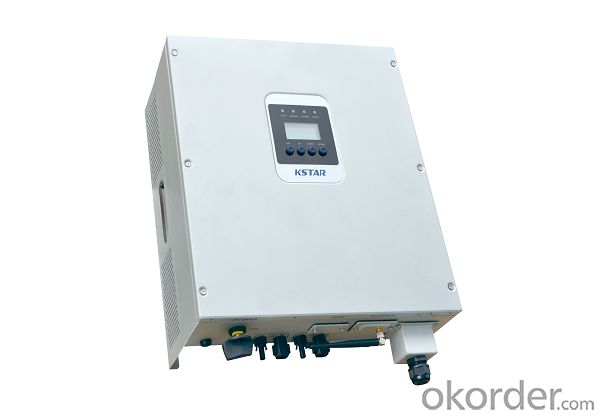
Product Parameter
Q 1. what's the payment term?
A. We accept TT,30% deposit and 70% balance agaisnt copy of BL
Q 2. how's the delivery time ?
A. usually it will take about 25 days for production
Q 3. tell me the standard of package?
A. For the small capacity, it use carton, but for big capacity, we will use strong wooden case for protection.
Q 4. what kind of material of transformer?
A. we have two types, one 100% copper and the other is copper with aluminum.It depends on your requirment. In fact,those two have no difference if normal work well. Only except the longlife. Copper is better and also higer price.

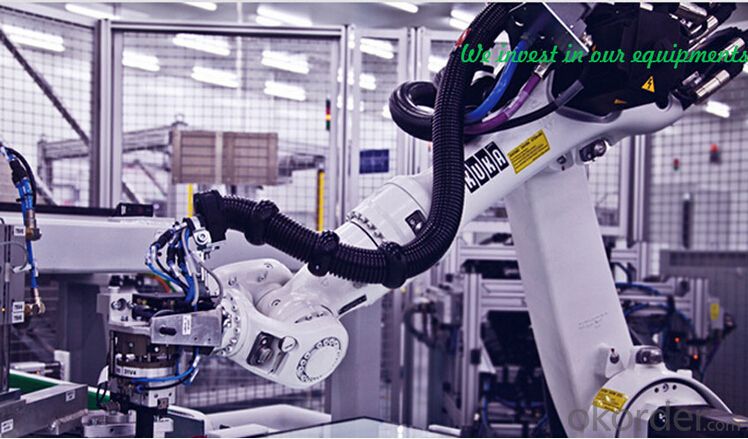
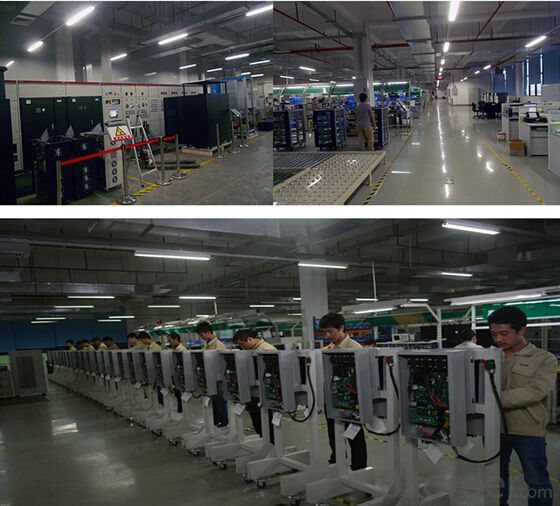
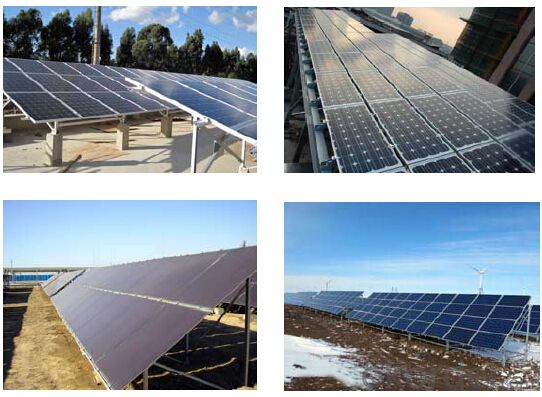
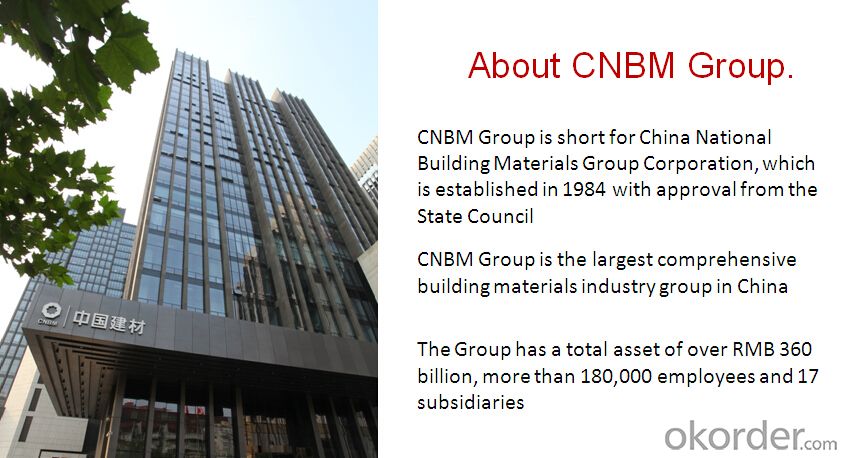

- Q:How does a solar inverter handle grid faults or disturbances?
- A solar inverter handles grid faults or disturbances by quickly detecting any changes in the grid voltage or frequency. When a fault or disturbance occurs, the inverter's protective features activate, causing it to disconnect from the grid momentarily. Once the fault or disturbance is resolved, the inverter automatically reconnects to the grid and resumes normal operation. This ensures the safety of the solar system and prevents any damage to the inverter or the grid.
- Q:Can a solar inverter be used with a solar-powered EV charging network?
- Yes, a solar inverter can be used with a solar-powered EV charging network. A solar inverter is responsible for converting the direct current (DC) produced by solar panels into alternating current (AC) that can be used to power electrical devices, including EV chargers. By integrating a solar inverter into a solar-powered EV charging network, the energy generated by the solar panels can directly power the charging stations, reducing reliance on the grid and promoting sustainable energy use.
- Q:What are the advantages of using a three-phase solar inverter?
- There are several advantages of using a three-phase solar inverter. Firstly, it allows for a more balanced distribution of power between the three phases, resulting in a more efficient use of electricity. This can lead to increased energy production and savings. Additionally, three-phase solar inverters provide a higher power output compared to single-phase inverters, making them suitable for larger installations. They also offer enhanced voltage stability and improved grid integration, ensuring a reliable and stable power supply. Overall, the use of a three-phase solar inverter can optimize energy generation, improve system performance, and provide greater flexibility for solar installations.
- Q:Can a solar inverter be used in areas with high levels of dust or pollution?
- Yes, solar inverters can be used in areas with high levels of dust or pollution. However, it is important to regularly clean and maintain the inverters to prevent the accumulation of dust or pollutants that could potentially impact their performance or lifespan.
- Q:How does MPPT improve the performance of a solar inverter?
- MPPT (Maximum Power Point Tracking) is a technique used in solar inverters to enhance their performance and maximize the energy output of the solar panels. Solar panels generate direct current (DC) electricity, which needs to be converted into alternating current (AC) to be used by household appliances or fed back to the grid. However, the amount of power generated by solar panels varies depending on factors like sunlight intensity, temperature, shading, and panel orientation. MPPT algorithms enable solar inverters to continuously track and adjust the operating point of the solar panels to extract the maximum power available. By continuously monitoring the voltage and current output of the solar panels, the MPPT controller determines the optimal operating voltage and current that will yield the highest power output. This optimization process is crucial because solar panels have a specific voltage and current combination at which their power output is maximized, known as the maximum power point (MPP). By operating the solar panels at their MPP, MPPT significantly improves the overall efficiency and performance of the solar inverter. With MPPT, solar inverters can adapt to changing environmental conditions and extract the maximum available power from the solar panels. This allows for increased energy production, reducing the reliance on grid electricity and maximizing the return on investment in solar installations. In summary, MPPT improves the performance of a solar inverter by optimizing the operating point of the solar panels to extract the maximum power available. This leads to increased energy production, improved efficiency, and better utilization of solar energy resources.
- Q:Can a solar inverter be used with a wireless communication system?
- Yes, a solar inverter can be used with a wireless communication system. In fact, many modern solar inverters are designed with built-in wireless communication capabilities to allow for monitoring and control of the system remotely. This enables users to access real-time data, adjust settings, and receive notifications about the performance of their solar power system through a wireless connection, such as Wi-Fi or cellular networks.
- Q:Can a solar inverter be used for off-grid applications?
- Yes, a solar inverter can be used for off-grid applications. Off-grid systems typically rely on solar panels to generate power, and a solar inverter is used to convert the direct current (DC) produced by the panels into alternating current (AC) which can be used to power appliances and devices. The inverter also helps regulate the flow of electricity and ensure compatibility with off-grid power storage systems such as batteries.
- Q:What is the role of a solar inverter in a solar-powered water purification system?
- The role of a solar inverter in a solar-powered water purification system is to convert the direct current (DC) generated by the solar panels into alternating current (AC) that can be used to power the water purification system. It also ensures the optimal utilization of solar energy by regulating the voltage and frequency of the electricity produced, making it compatible with the requirements of the water purification system.
- Q:What is the role of a display interface in a solar inverter?
- The role of a display interface in a solar inverter is to provide real-time information and control options to the user. It allows the user to monitor and understand the performance of the solar inverter, such as the amount of energy being generated, the status of the system, and any potential issues. The display interface also enables the user to adjust and optimize the settings of the inverter, such as voltage and frequency, to ensure efficient operation. Overall, the display interface enhances the user experience by providing visibility and control over the solar inverter's functions.
- Q:What are the safety features of a solar inverter?
- The safety features of a solar inverter typically include overvoltage protection, short circuit protection, ground fault protection, and thermal protection. These features are designed to ensure the safe and reliable operation of the inverter, protecting both the equipment and the users from potential hazards or damage.
1. Manufacturer Overview |
|
|---|---|
| Location | |
| Year Established | |
| Annual Output Value | |
| Main Markets | |
| Company Certifications | |
2. Manufacturer Certificates |
|
|---|---|
| a) Certification Name | |
| Range | |
| Reference | |
| Validity Period | |
3. Manufacturer Capability |
|
|---|---|
| a)Trade Capacity | |
| Nearest Port | |
| Export Percentage | |
| No.of Employees in Trade Department | |
| Language Spoken: | |
| b)Factory Information | |
| Factory Size: | |
| No. of Production Lines | |
| Contract Manufacturing | |
| Product Price Range | |
Send your message to us
String Grid-Tied PV Inverter 3KW/3.6KW/4.2KW/5KW
- Loading Port:
- Guangzhou
- Payment Terms:
- TT OR LC
- Min Order Qty:
- 10 unit
- Supply Capability:
- 10000 unit/month
OKorder Service Pledge
OKorder Financial Service
Similar products
New products
Hot products
Hot Searches
Related keywords
































